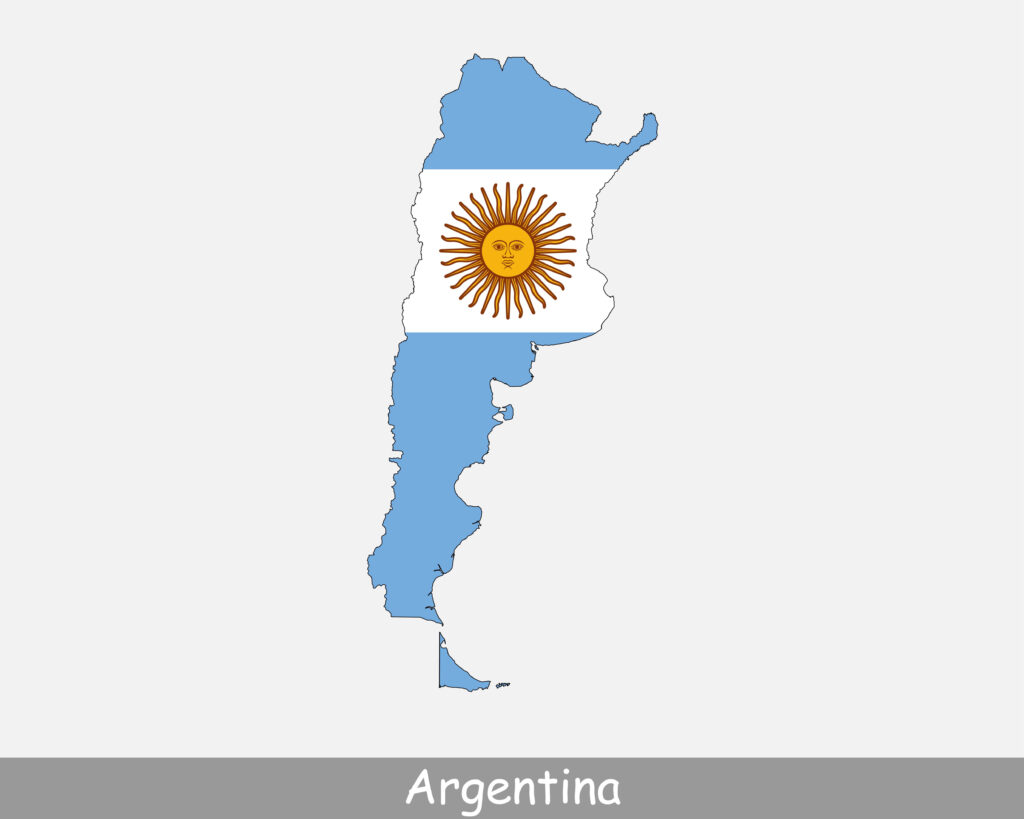Ancient Atlantic Sports
Traditional European Sports include Traditional Atlantic Isles sports such as Cead (Aran Islands), Cammag (Isle of Man), Hurling the Silver Ball (Cornwall), The Ba’ Game (Orkney Islands & Scotland), and Medieval British Football & other games such as Uppies & Downies (Cumbria), Shaking The Hales (Northumberland), Shrovetide Game (Derbyshire) and Haxey Hood (Lincolnshire).
Manx Cammag
Manx Cammag is a version of Hurling (or Caman in Irish) played in the Isle of Man, where Manx Gaelic was traditionally spoken. It is also very similar to the Scottish game of Shinty or Camanachd. The earliest mention of Hurling or Caman is in the Irish ‘Book of Leinster’ in the 12th Century AD. It played with a small ball and hooked stick. Kit Gawne, writing in his book, ‘Isle of Man Hockey’ suggests the game may have been introduced by missionaries, although the earliest mention in the Isle of Man records is not until 1760. [References: 2-3]1
It is a Winter Sport, with special matches arranged on St. Stephen’s Day (such as the one between North & South of the Island. There are few rules, and any number of players can play on either side, with coats or sticks marking goalposts. The ball is known as the “Crick” [References: 2-3]2
The match on St. Stephen’s Day between North & South is played in conjunction with the Festivities associated with the day, such as ‘Hunting the Wren’, although these days no wren is killed, and those making donations to charity are given a coloured ribbon, rather than a wren’s feather, supposed to bring good luck for the following year, thought to be particularly efficacious in the event of a shipwreck or witchcraft. [References: MC-1 to MC-3]3
Manx Cammag
Manx Cammag
2021: South won
2015: North won
2012: North won

Citations and References
- [MC-2] North American Manx Association (2015) “Rain doesn’t stop play on St. Stephen’s Day” [Internat] Available from: http://namanx.org/rain-doesnt-stop-play-on-st-stephens-day-2 [Accessed 5 March 2017] ↩︎
- [MC-3] isleofman.com (2017) “Work off your Christmas Turkey with a game of Cammag!” [Internet] Available from: https://www.isleofman.com/lifestyle/health-sports/cammag/ [Accessed 13 October 2017] ↩︎
- [MC-1] North American Manx Association, Valerie Caine (2013) Cammag [Internet] Available from: https://namanx.org/cammag [Accessed 10 July 2022] ↩︎
Cornish Hurling
Every Shrove Tuesday in St. Columb’s, Cornwall, the game of Hurling is played between ‘Town’ and ‘Country’. The night before resembles a ghost town as all the shops are boarded up and shuttered before the game is played the next day. There are no limits to the numbers of players in the game, with each player playing for either the ‘Town’ or ‘Country’. The game kicks off with the words “Town and Country do your best. but in this parish I must rest.”.
Traditionally, the game was played between the men of St. Columb, but is now played by the children. [3] The Game can last a few minutes or it can last hours depending on how quickly the winning team can get the ball to the goal. The winning player who carries the ball to the goal has the option of keeping the ball and paying for a new one by a local craftsman. The ball is constructed traditionally, out of silver with an applewood core, taken from a local orchard.
Cornish Hurling
The Hurlers Bronze Age stone circle at Minions near Liskeard Cornwall England UK Europe – ian woolcock
Cornish Hurling (Hurling the Silver Ball):

References: [1] BBC Cornwall (2003) Hurling at St. columb in the 21st Century [Internet] Available from; http://www.bbc.co.uk/cornwall/villages/stories/stcolumb_hurling.shtml [Accessed 7 March 2018]
[3] St. Ives Web Community TV (2013) The St. Ives Feast and the Silver Ball [Internet] Available from: https://web.archive.org/web/20130819100810/http://stivestv.co.uk/whatson/feast_day_2013.htm [Accessed 13 June 2019]
Medieval British Football
According to later legend Celtic Britons played the Romans at a game of Football in Derbyshire on Shrove Tuesday AD 217 after a battle. These games of Football had no formal rules, or numbers per side and are also known as Medieval or Mob Football with the objective usually to get the ball back to a base at either your own teams end or the opposing teams. Variations on the theme include Uppies & Downies (those living up the hill versus those living down the hill) and Town versus Country. These sports are also known in Continental Europe. In Britain these days they are mainly played in the Celtic fringes of England and Scotland: Cornish Hurling in Cornwall, Manx Cammag in the Isle of Man, Orkney Ba Game in the Orkney Islands, Shaking the Hales in Northumberland, Uppies & Downies in Cumbria, and the Shrovetide Game in Derbyshire. Other games include Eton Fives, a version of Handball first played in the Middle Ages by Peasants against the Church Walls at Eton College, with a handrail providing an obstacle down one side.
Medieval British Football
Scottish Ba’ Game. English Shrovetide Football,
Royalty-free stock photo ID: 1275324475 Haxey,Lincolnshire,UK. January 05th 2019.The ancient game of Haxey hood took place today,two villages do battle for the leather hood,Ahead of the game the Haxey fool is smoked while giving speeches. By Ian Francis
Scottish Ba’ Game
English Shrovetide Football
Other English Football Games
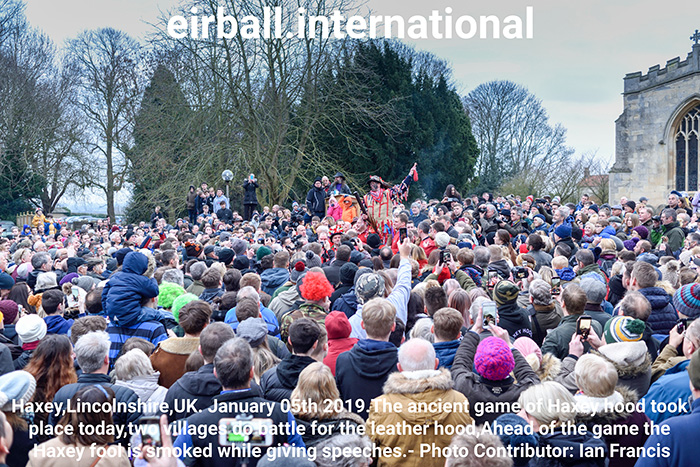
Traditional European Sports
In Tuscany, Italy, Calcio Storico Fiorentino is a Renaissance version of Football, and in Georgia, their Medieval version of Football, Lelo Burti has been codified and the Ancient version is undergoing a revival.
Calcio Storico Fiorentino
World Football on Eirball includes Football varieties played in East Asia, Aboriginal Australia, Africa and Old Europe.
This is the Eirball – World / Irish North American and World Sports Archive landing page for Calcio Storico Fiorentino, one of the earliest forms of organised football in the world, and which bears a striking resemblance in play to Gaelic Football, as well as a shared Atlantic heritage in a pre-Roman/pre-English, pre-Catholic Rennaisance or Revival. To view results of Calcio Fiorentino just click on the links in red/blue (purple) below the introduction.
This is the GAA World (Eirball) Landing page for the All-Time Results of Calcio Fiorentino.
Header Picture Credit: [1] MONACO – CIRCA 1963: A stamp printed by MONACO shows an illustration of the Calcio Fiorentino field and starting positions from a 1688 book by Pietro di Lorenzo Bini, Florence, circa 1963 By Sergey Goryachev / www.shutterstock.com
Renaissance European Football
First codified in Renaissance Florence (Tuscany, Italy), Calcio Storico Fiorentino is still played in Florence. Resembling a more brutal version of Gaelic Football, it is the oldest codified football game in the world. Other codified versions of European Football which bear a similarity to Gaelic Football include Lelo (also known as Lelo Burti) in Georgia, on the borders of Eastern Europe and Asia.
Calcio Storico Fiorentino
This is the Eirball – World / Irish North American and World Sports Archive landing page for Calcio Storico Fiorentino, one of the earliest forms of organised football in the world, and which bears a striking resemblance in play to Gaelic Football, as well as a shared Atlantic heritage in a pre-Roman/pre-English, pre-Catholic Rennaisance or Revival. To view results of Calcio Fiorentino just click on the links in red/blue (purple) below the introduction.
This is the GAA World (Eirball) Landing page for the All-Time Results of Calcio Fiorentino.
Header Picture Credit: [1] MONACO – CIRCA 1963: A stamp printed by MONACO shows an illustration of the Calcio Fiorentino field and starting positions from a 1688 book by Pietro di Lorenzo Bini, Florence, circa 1963 By Sergey Goryachev / www.shutterstock.com
Calcio Storico Fiorentino is a Renaissance Football game first played in Florence (Fiorentina), Tuscany in the 1400s by workers on breaks from work in the city. It was the first organised football in the world, rather than the Medieval mob football which preceeded it and where there were no rules or restrictions on numbers playing. It could be seen as part of the wider Renaissance whereby Tuscany’s ancient pre-Roman, pre-Catholic past was brought back.
The earliest orgainsed Football matches anywhere in the world, as far as Eirball has discovered, although earlier reports in Ancient Europe, Greece, Rome, Italy and China mention similar games, though of what nature is hard to discern – they may just have been children’s catching games. [See articles on Medieval Football at: Medieval Celtic Sports for more information and references on this]
*The Tuscan language (Etruscan) is one which predates the Latin arrival in the Italian peninsula, and even though the letters and sounds are known there is no knowledge of the word meanings as no document translating Etruscan to Latin or Greek has ever been found. It does, however, sound similar to Basque, and therefore could be incuded in the Celtic sports section as part of the “Atlantic” or “Black Atlantic” family along with the Celtic languages, Basque and Berber (Tamashek) – half the words in the Gaelic language are of an Indo-European origin (Greek, Latin, Germanic, Slavic etc)and half of a North African Afro-Asiatic origin (Berber, Tuareg, Maltese, Hebrew, Arab etc).
[References: [4] Calcio Storico Fiorentino Sito Ufficiale (2020) CALCIO STORICO FIORENTINO [Internet] Available from: http://calciostoricofiorentino.it/?q=calcio-storico-fiorentino [Accessed 4 August 2020] and [5] Calcio Storico Fiorentino Sito Ufficiale (2020) Studies & Documentation [Internet] Available from: http://www.calciostoricofiorentino.it/?q=studi_e_documentazione [Accessed 4 August 2020]
Calcio Fiorentino (Tuscany)
FLORENCE – JUN 24: Fighting players during Calcio Fiorentino match on June, 24,2012. Calcio fiorentino (calcio storico or calcio in costume) is an historic florentine game, origins of modern football Copyright: mkistryn
Calcio Fiorentino
A Medieval Football game, first organised in Renaissance Florence, Tuscany, Italy, that was first played by workers between breaks in work, and then organised matches beginning in 1530.
The earliest orgainsed Football matches anywhere in the world, as far as Eirball has discovered, although earlier reports in Ancient Europe, Greece, Rome, Italy and China mention similar games, though of what nature is hard to discern – they may just have been children’s catching games. [See articles on Medieval Football at: Medieval Celtic Sports for more information and references on this]
Calcio Storico Fiorentino
Calcio Storico Fiorentino Finals 1952-Present
Calcio Storico Fiorentino (Seasons):
Calcio Storico Fiorentino (Seasons)
2023 Champions: Rossi
2022 Champions: Azzurri
2020 Champions: None (Cancelled due to Covid)
Calcio Storico Fiorentino August Festival (Seasons):
Calcio Storico Fiorentino Teams
[References: see Encyclopedia Brittanica sections on Indo-European, Celtic, and Afro-Asiatic languages: Encyclopedia Britannica | Britannica ]
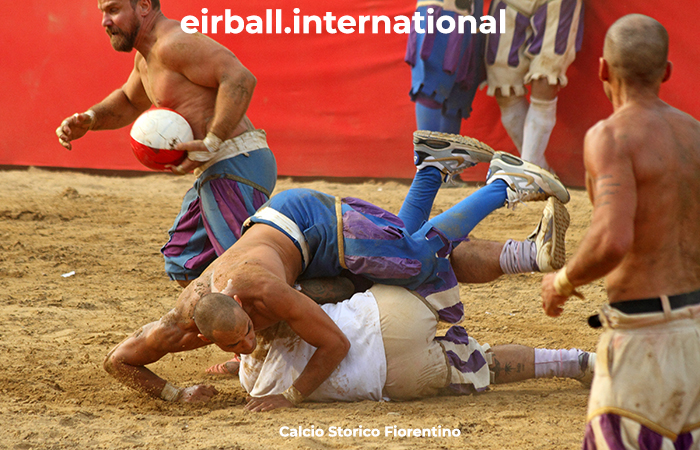
Lelo Burti (Georgia)
Lelo Burti is the traditional Georgian form of Rugby, Gaelic or Medieval Football
Lelo Burti (Georgia)
[1] Lelo Burti (2016) Logo_ [Internet] Available from: https://web.archive.org/web/20160923010826im_/http://lelo.comyr.com/images/Logo_.jpg [Accessed 24 August 2020]
Lelo Burti (Georgia)
Lelo Burti
Lelo Burti is the traditional Georgian form of Rugby.
Georgia: Lelo Burti
SLF Samegrelo Region Championship (seasons):
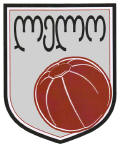
Traditional Hockey Codes (Europe)
The Traditional Sports and Games of Normandy (North France) were first described in the 12th Century A.D. Choule is a Team Sport involving a curved stick and a leather ball.
Choule Crosse (Normandy)
Picture Credit: [1] Fédération de Jeux et Sports Traditionnels Normande et Vikings (2014) logotradinormandiedetoure [Internet] Available from: https://jeuxtradinormandie.files.wordpress.com/2014/11/logotradinormandiedetoure.png [Accessed 23 October 2020]
Jeux et Tradi Normandie
Choule Crosse Normande
FJSTNV Choule Crosse Normande (Seasons)
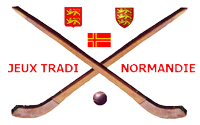
Traditional Racket Sports (Europe)
Palla Tamburello is an Italian Team Racquet Sports (5-a-side) that utilizes a Tambourine to hit the ball rather than a racquet
Tamburello (Italy)
Photo by Vinu00edcius Caricatte on Pexels.com
Tamburello (Italy)
Federazione Italiana Palla Tamburello
Federazione Italiana Palla Tamburello Men’s Serie A Super Cup Roll of Honour 2007-Present
Federazione Italiana Palla Tamburello Women’s Serie A Super Cup Roll of Honour 2005-Present
FIPT Open Serie A (Seasons)
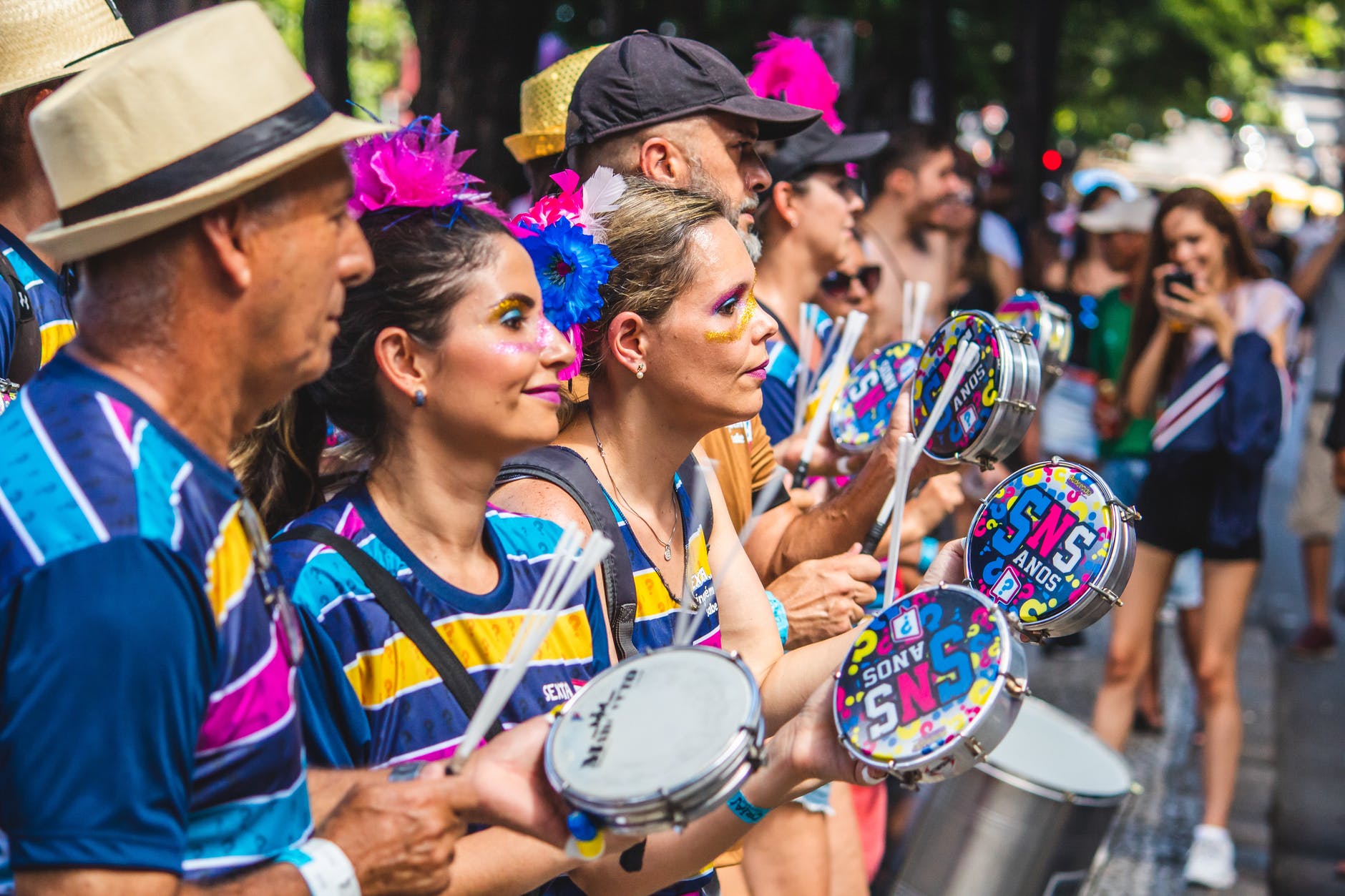
World Street Soccer
Chandimu is an African Street Football sport.
Chandimu (Tanzania)
Chandimu (Tanzania)
men playing soccer at the street Photo by Mehmet Turgut Kirkgoz on Pexels.com
Chandimu is an African Street Football sport.
Tanzania: Chandimu
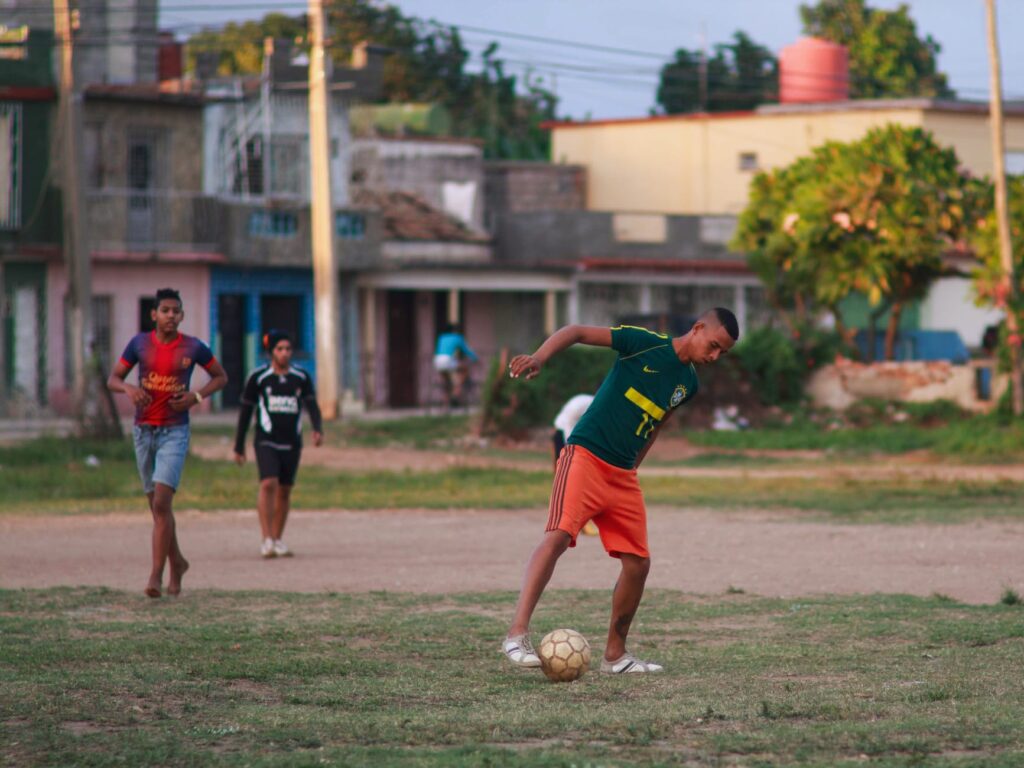
Cuju (China)
Cuju (China)
Cuju is an ancient Keepie-Uppie Version of Football from China.
Cuju (Chinese Football)
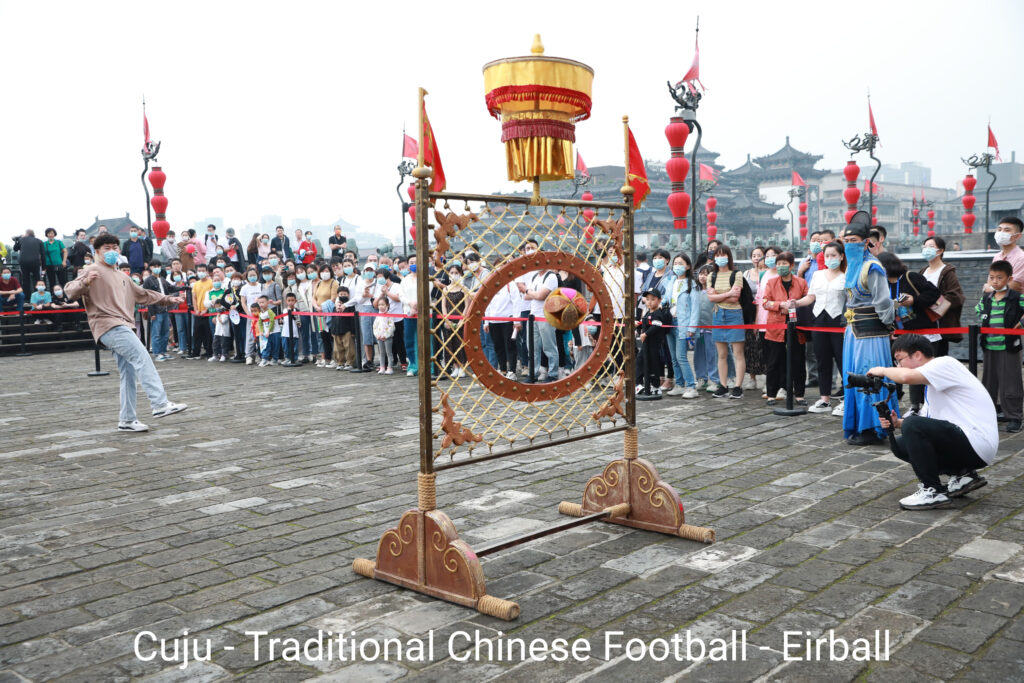
Asian and Australasian Footbag
Footbag (hacky sack) is a modern version of Ancient East Asian and Australian Aboriginal Football games which are based around the concept of keepie-uppies – kicking the ball to each other in an attempt to keep it in the air as long as possible without the ball touching the ground.
Kemari (Japan)
Kemari is an ancient Keepie-Uppie Version of Football from Japan.
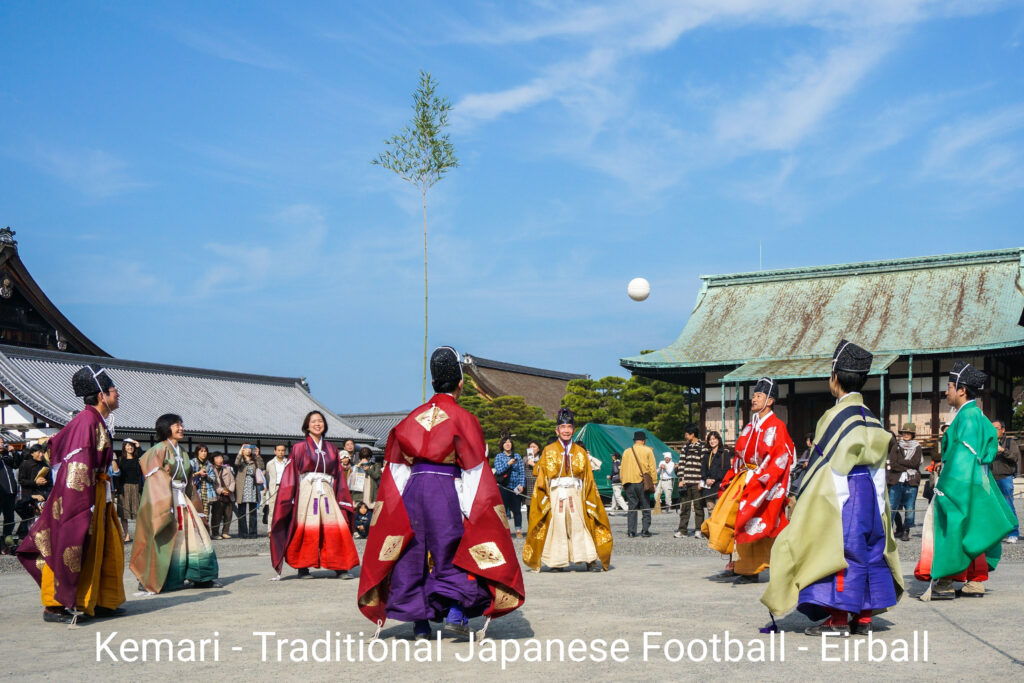
Marn Grook (Australian Aboriginal)
An Australian Aborigine game where the objective is to keep the ball in the air as long as possible. It includes the idea of the ‘mark’ whereby a player who catches the ball in the air can have a ‘free kick’. Tom Wills, who has Irish connections incorporated the idea into English Public School Football Codes, along with Gaelic Football like scoring to codify Australian Football in the 1840s.
Marn Grook (Australian Aboriginal)
a girl playing soccer on a field Photo by Roman Castillo on Pexels.com
Marn Grook is an Australian Aboriginal Football game.
Australian Aboriginal: Marn Grook
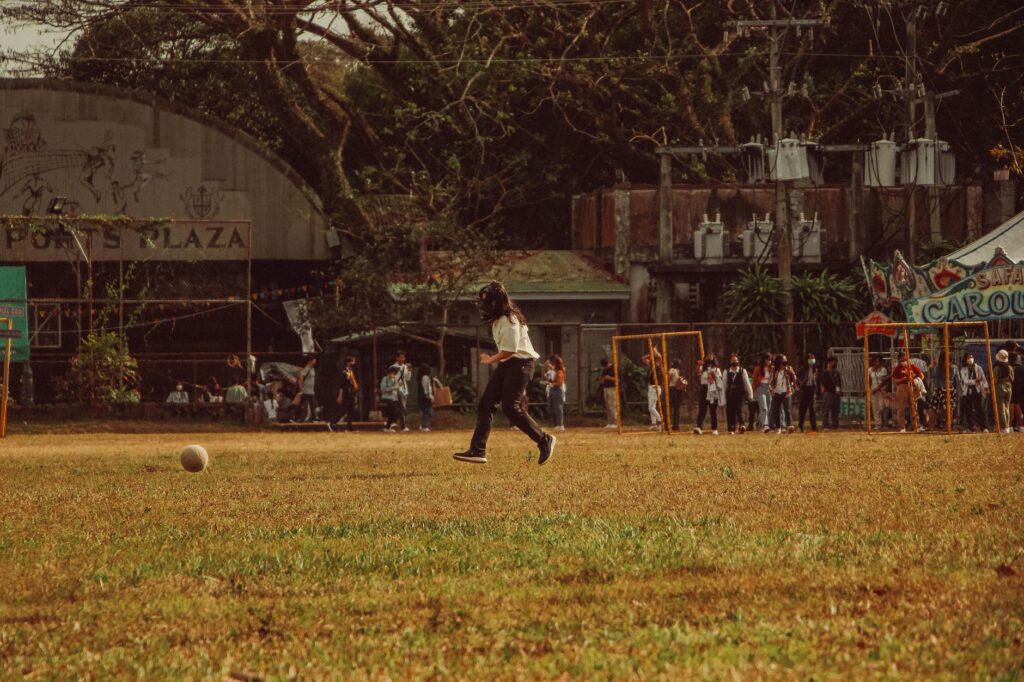
Cuju (China)
Cuju is an ancient Keepie-Uppie Version of Football from China.

South East Asian Footvolley
Sepak Takraw is a version of Volleyball or Football played with every part of the body except the arms and is Native to Malaysia and Thailand, both of whom claim to have invented it and where the game is a National Sport. It is popular throughout South East and East Asia. Other versions of the sport are played in Myanmar and elsewhere.
Sepak Takraw
Sepak Takraw is a version of Volleyball played with every part of the body except the arms and is Native to Malaysia and Thailand, both of whom claim to have invented it and where the game is a National Sport. It is popular throughout South East and East Asia.
Sepak Takraw (Malaysia, Thailand – South East Asia)
MALAYSIA, KUALA LUMPUR, 10 SEPTEMBER 2017 – Sepak Takraw Athletes perform during 29th Sea Games Kuala Lumpur 2017 Picture Credit: Mohd Nasirruddin Yazid
Sepak Takraw (Ireland)
UCD Sepak Takraw Club 2014-Present
Sepak Takraw League (Malaysia)
Sepak Takraw League (Malaysia) 2015-2016
Sepak Takraw Games (East Indonesia)
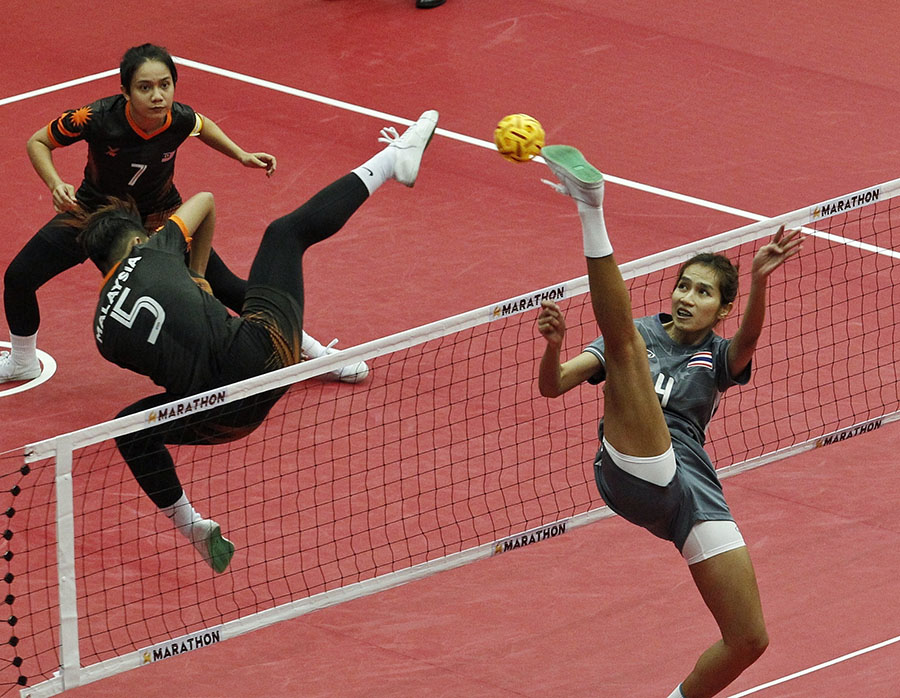
Kabaddi
Kabaddi is an Indian Tag Game, popular throughout South Asia, whereby a team has to tag players on the opposing team and get back to their own base without being tagged in turn in the time it takes to hold their breath. In order to ensure the players are holding their breath they have to repeat “Kabaddi” over and over again.
Kabaddi (India – South Asia)
[P-IND-2] Photo Contributor: Snehal Jeevan Pailkar (2019) Mumbai, India – April 12, 2019 : Indias regional sport Kabaddi practiced by kids at local Mumbai ground [Internet] Available from: https://www.shutterstock.com/image-photo/mumbai-india-april-12-2019-indias-1372101509 [Accessed 23 August 2022]
Kabaddi (Ireland)
Kabaddi Trinity Indian Society 2013
Kabaddi (Irish Teams in India)
Pro Kabaddi (India)
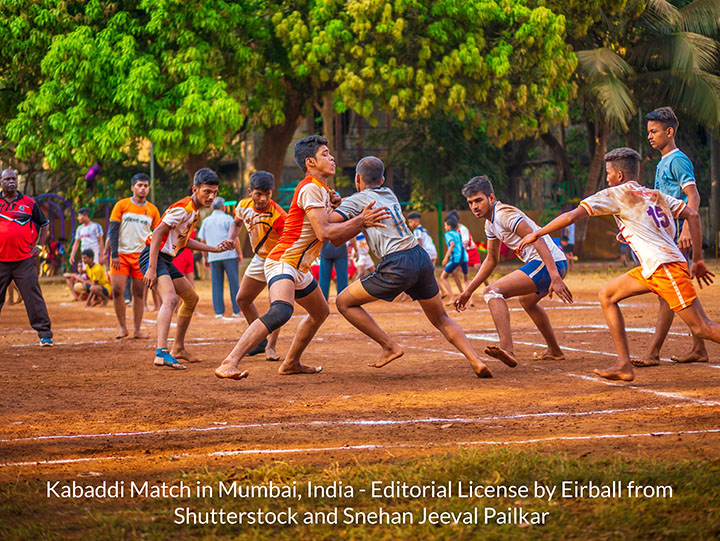
Hatesuki (Japan)
Hanetsuki is a traditional Japanese form of Badminton.
Japanese Hanetsuki
Photo by YandL on www.shutterstock.com [6] Shutterstock (2021) Hagoita [Internet] Available from: https://www.shutterstock.com/image-photo/good-luck-charm-japanese-hagoita-1195451194 [Accessed 20 December 2021]
Hanetsuki (Japanese Badminton)
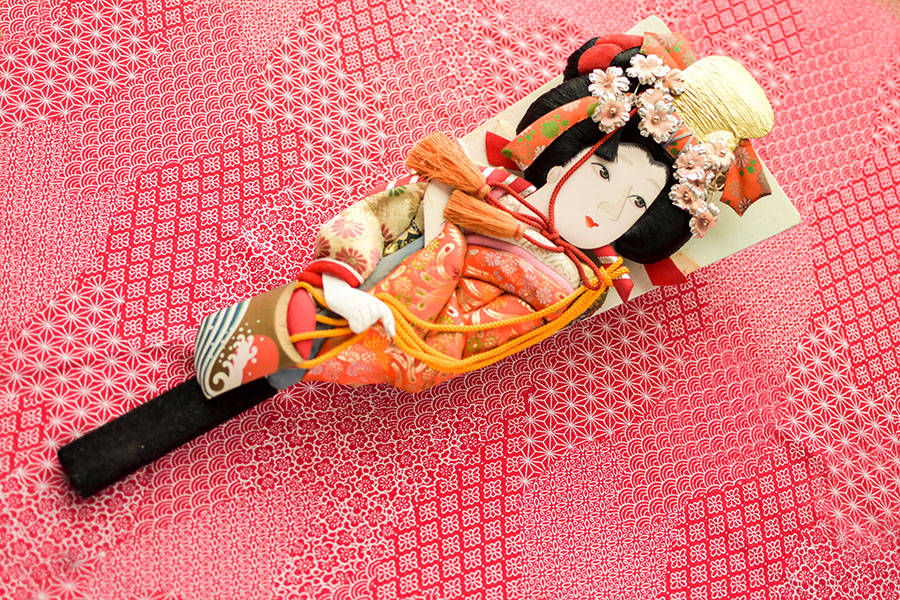
World Street Soccer
Chandimu is an African Street Football sport.
Chandimu (Tanzania)
Chandimu is an African Street Football sport.
Chandimu (Tanzania)
men playing soccer at the street Photo by Mehmet Turgut Kirkgoz on Pexels.com
Tanzania: Chandimu

Road Tennis (Barbados)
Road Tennis (Barbados)
waving national flag of barbados Photo by aboodi vesakaran on Pexels.com
Professional Road Tennis Association
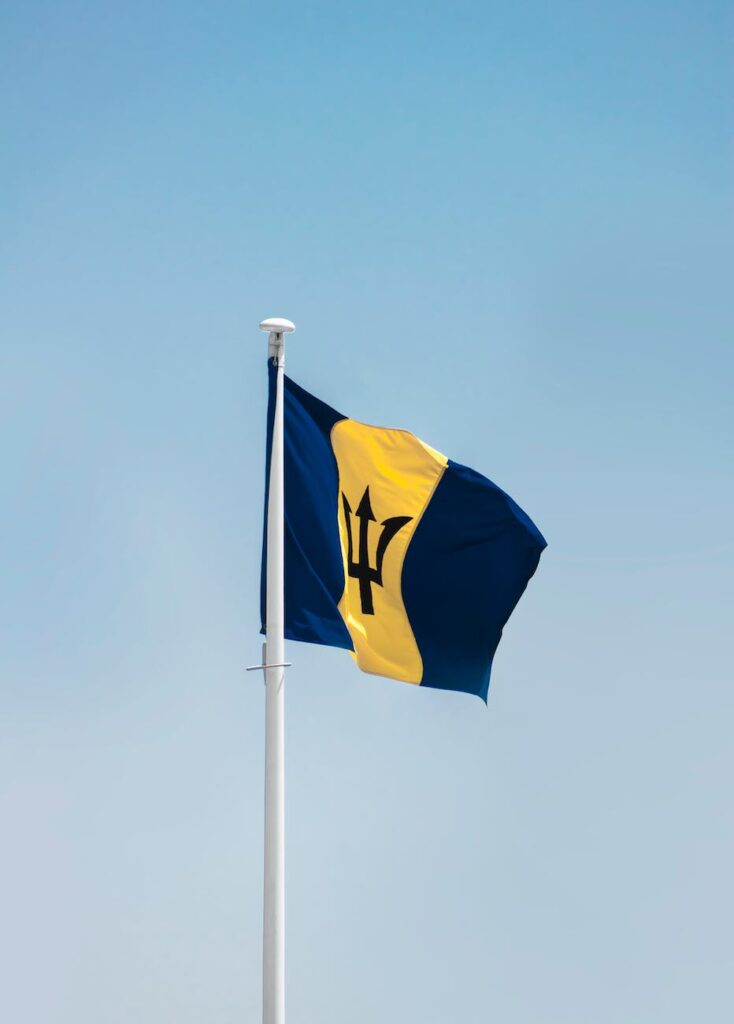
Native American Hipball
A number of Football Sports are Native to the Americas: One Foot High Kick is an Inuit (Eskimo) sport whereby players compete to kick a ball held at the end of a string and attempt to land on the same foot as the one used to kick the ball. The highest successful kick and land is the winner.
In Mexico and Central America Ulama (as known to the Mexica-Aztecs) or Pok-ta-Pok (as known to the Maya) is a Native Mexican and Central American Sports using a rubber ball and the hips. It is played in Mexico, Guatemala, Belize and Honduras.
Header Image Photo Credit: Bruno_Doinel MEXICO CITY, MEXICO – DECEMBER 25, 2021: Mexican indigenous descendants playing a prehispanic ball game called “Ulama” on the Plaza Tlaxcoaque. At the background, a baroque chapel. [Internet] Available from: https://www.shutterstock.com/image-photo/mexico-city-december-25-2021-mexican-2259141971 [Accessed 20 December 2023][Edited for Eirball by Enda Mulcahy]
Ulama – Pok ta Pok (Mesoamerica)
Ulama (as known to the Mexica-Aztecs) or Pok-ta-Pok (as known to the Maya) is a Native Mexican and Central American Sports using a rubber ball and the hips. It is played in Mexico, Guatemala, Belize and Honduras.
Ulama is the ancient sport of the Native Aztec (Mexica) and Maya of Central America (Mexico, Guatemala, Belize and Honduras). It is played with the hips, with two teams trying to propel the ball past the opposing team and has been played since 1400 BC. It is known as “Pok Ta Pok” to the Maya and “Ulama” to the Mexica.
The Juego de Pelota Mesoamerican Ulamaztli Championship is an Annual Regional Competition in Teotihuacan, Mexico City, the seat of the ancient religious / ritual centre, and where the most impressive ancient Ball Court is to be seen.
The Ulama Mesoamerican Ball Game Tournament is the Annual World Cup basically, bringing together teams from Mexico, Guatemala, Belize and Honduras.
Mesoamerican Ulama Pok-ta-Pok
Photo Credit: By Leon Rafael Mayan Ball court found in Uxmal This ball court is part of the Mayan culture found all over Yucatan’s archeological sites. Uxmal is in Yucatan an it used to be a huge populated city. Royalty-free stock photo ID: 197886914
Ulama Mesoamerican Ball Game Tournament (Ulama World Cup)
Ulama Pok-ta-Pok Mesoamerican Ball Game Tournament 2017-Present
Juego de Pelota Mesoamerican Ulamaztli Championship (Teotihuacan, Mexico)
Juego de Pelota Championship (seasons):
Ancient Mesoamerican Ball Game
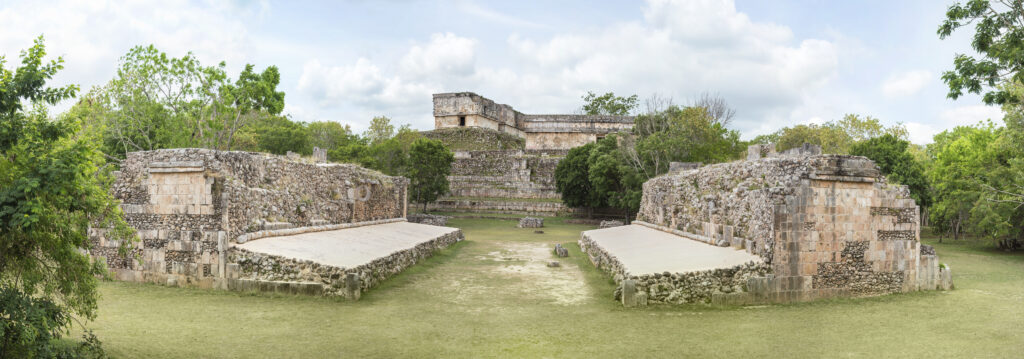
Choctaw Stickball
Native American Sports include Stickball, a Choctaw game in Oklahoma. Stickball is a Native American Sport similar to Lacrosse.
Choctaw Stickball
antique antique globe antique shop antique store Photo by Pixabay on Pexels.com
Choctaw Stickball:
Taoiseach Leo Varadkar Playing Stickball Choctaw Nation 2018

Chaco Indian Hockey (South America)
Chaco Indian Hockey (South America)
Argentinean Map Flag. Map of Argentina with the national flag of Argentina isolated on white background. Vector illustration.
Chaco Indian Hockey
